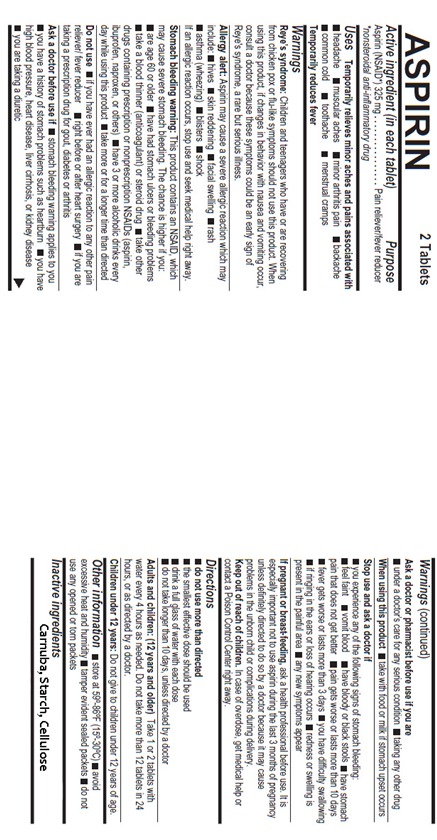Environmental Toxicology: Supplemental Materials
Labels
Canned mushrooms
Aspirin
Deodorant
Pain Relief Ointment
Answer Key: Lethal Doses of the Ingredients
The table below provides approximate lethal doses for the product labels. Note that these values can change based on new evidence and calculations used to estimate. These values can also be extrapolations from animal studies to humans; therefore they can vary depending on the animal species used to estimate lethal dose. As a result, these are not solid numbers but can provide an idea of toxicity. The red highlighted ingredients are the one that require less amount to cause a lethal reaction.
| product | ingredient lethal dose |
|---|---|
| Canned Mushrooms |
Salt (3,000mg/kg), Water (90mg/kg), Citric Acid (3g/kg) |
| Aspirin | Aspirin or Acetylsalicylic acid (350-500mg/kg), Carnauba (unknown), Starch (7.3g/kg), Cellulose (1g/kg) |
| Deodorant | Aluminum Zirconium (5g/kg), Cyclopentasiloxane (3g/kg), Alcohol (9g/kg), Propylene glycol ether (unknown), Polyethylene glycol (1.5g/kg) |
| Pain Relief Ointment |
Benzydamine (740mg/kg), Alcohol (9g/kg) |
Commercial Products Bingo Card
Commercial Products Deck of Cards
Glossary
Absorption: mechanism by which a substance passes through barriers (e.g. skin) and enters the body.
Acute: short-term exposure in which the effects occur quickly.
Bioavailability: extent to which a chemical can be absorbed by the organism’s system.
Biological variation: response to dose that varies considering age, lifestyle, and genetics.
Biotransformation: absorbed substance that undergoes metabolic changes at a site in the body.
Chemical interactions: environmental exposures mainly involve simultaneous exposure to multiple chemicals in air, water, and food.
Chronic: long-term exposure in which the effects take time to develop.
Dose: amount that is actually absorbed into the body.
Dose-response curve: relationship between a toxic reaction (response) and the levels of exposure (doses).
Environmental toxicology: study of the consequences of industrial and agricultural chemical substances on human health and the environment.
Excretion: substance is passed outside of the body via such means as sweat, tears, saliva, milk, bile, and feces.
Exposure: act of being in contact with something and its availability to be taken into the body.
Exposure phase: first phase of toxicity phases in which a toxicant is taken up by the organism’s system via the mouth (oral), lungs (inhalation), or skin (dermal).
Expression phase: last phases of toxicity phases that results in effects that appear in the organism (e.g. lesion or headache). Different substances result in different symptoms.
Natural chemicals: products from plants or animals.
Processing phase: second phase of the toxicity phases where the toxicant is transported and stored inside the body. The rate at how it is processed varies from person to person.
Response: reaction of an organism to a toxic substance.
Risk assessment: analysis that uses mathematical equations and scientific information (e.g. health and environmental) to determine the probability of an event occurring and the magnitude of the adverse effect over a specific time.
Routes of exposure: pathways into the body such as mucous in the nose, eye, or ear canals.
Selective toxicology: substance can produce harmful effects to one living organism while not harming another.
Synthetic: man-made or artificial.
Target tissue: location in the body where a chemical causes adverse effects. It can be an entire organ, a tissue, a cell, or genes.
Toxicants: substance that changes the function of cells in an organism by interfering with normal processes.
Toxicity: quantity to which a substance can have a negative result.
Toxicity phases: stages that develop when an organism is exposed to a toxic substance.
Toxicology: discipline that deals with natural or synthetic chemical substances in relation to the production of abnormal or undesirable result.







